Pacers leave Memphis wondering: 'What exactly is a guard?'
The Indiana Pacers loss to the Memphis Grizzlies was more about who couldn't give them anything than who gave them little.

MEMPHIS – What exactly is a point guard?
The Pacers know the answer to that question, but they can't remember right now. They have Tyrese Haliburton. They have Andrew Nembhard and T.J. McConnell. Below them are Quenton Jackson, Kam Jones, and RayJ Dennis.
They know a point guard when they see one. Head coach Rick Carlisle often likes to play two at the same time. Right now, that is not possible. Only one of them is healthy. Haliburton's season is over, McConnell and Jones are out until the 9th of November at least, plus Jackson and Nembhard are on the mend. When the Pacers went to Memphis on Saturday all five of those players were out.
So was Johnny Furphy. He's not a point guard and is outside of the team's rotation when healthy, but he's still a part of the injury story right now. And it's not a story the Pacers are enjoying.
Even without so many players, Indiana battled hard on opening night. They went to double overtime against the Oklahoma City Thunder, only falling after losing Bennedict Mathurin and Ben Sheppard to foul disqualification. Before they each reached their sixth infraction, the Pacers could hang.
The presumption going into Saturday's game was that it was at least possible for the team to hang with the Grizzlies, too, a team that lost by 32 on Friday night. They're talented, but less formidable than Oklahoma City. The Pacers could win, even in their current state.
But they'd have to answer that question. What is a point guard? How can they help?
Because they didn't have many. Against the Thunder, the team's most used lineup, and the only one that logged more than five minutes together, featured Sheppard, Bennedict Mathurin, Jarace Walker, Pascal Siakam, and Obi Toppin. Five good players, but no point guards. All of them can create shots to an extent, though, which led me to a particular line of question when speaking with Sheppard before Pacers vs Grizzlies.
What I wondered was basically this – sure, Sheppard is dribbling the ball across the timeline in those lineups. He started in Memphis and was essentially the point guard. But in this instance, and in Indiana's current health situation, isn't it really their system that is the point guard? Their pace, high-volume passing, and ability to get action-to-action creates a lot of advantages on a given possession regardless of who dribbles the ball into the halfcourt.
So I asked Sheppard exactly that. "The system is the good point. We've got a lot of pieces that can bring the ball up," he said. "I'm just out there and when I need to lead the offense, I'll lead the offense."
Taelon Peter, who filled in ably as the backup one in that aforementioned game against the Thunder, largely had the same opinion when asked the same question. "It's not really me at point guard, I think I'm just the guy that gets the ball from point A to point B," he said. "Once the ball gets out of my hands, there is no point guard."
The Pacers shouldn't care about my basketball opinion, but to state it: I agree with both Sheppard and Peter in many ways. Once the offense starts flowing, it isn't necessarily crucial who brought the ball to the rest of the team. That's why the Pacers have, even in their current health reality, found pockets of offensive success these last two games.
But it hasn't been consistent success. And that is what I, and they, rightly attribute to injuries in the backcourt. Not every play is a halfcourt set – the Pacers can be ace in transition. They've been merely good this year. That's not a critique, but a step down from what they've shown in the past. And as of this writing, Indiana is actually below average in pace. Sure, the system is the point guard, but the system is still damaged without point guards.
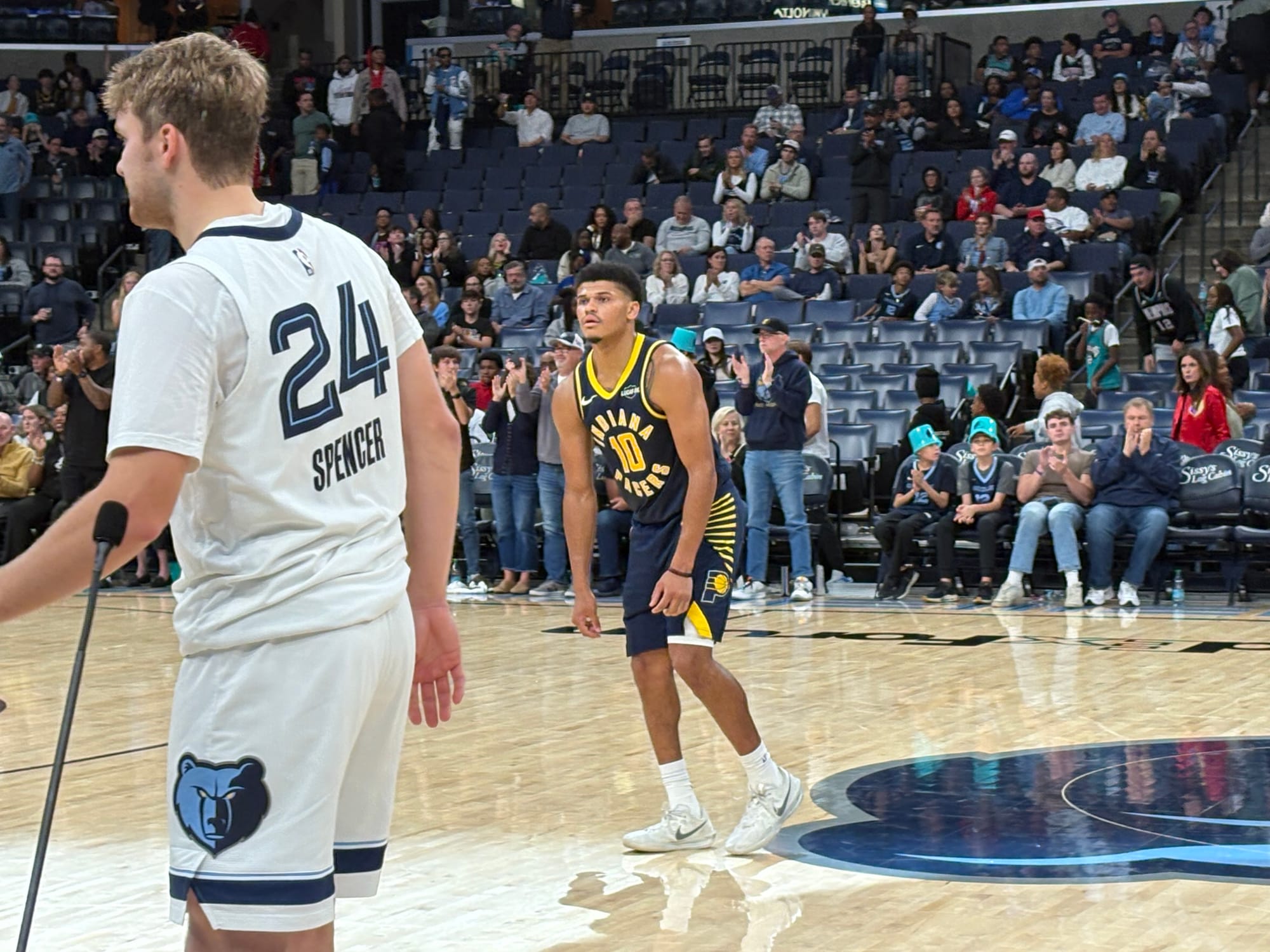
Dennis deserves credit for his performance against the Grizzlies. The stats say he stunk – 1/9 from the field after he made his first shot, two turnovers, and five fouls. My eyes didn't tell me that. He probed into the paint and led the team (tied with Siakam) with six assists. There was more organized play when he was on the floor, which should be expected when the point guard is, you know, actually a point guard.
That's what the difference is between "the system is the point guard" and an actual, nominal floor general. Watch Dennis' assists. A one-handed, up the court fling to Sheppard, then later a touchdown to Tony Bradley. A tight pass across the traffic of the lane to an open Mathurin. Hitting Mathurin and Aaron Nesmith on the run during actions to open up the paint for both of them. He wasn't always throwing guys open, but he saw they had a chance to score and helped make it happen.
A point guard does that, and the Pacers don't currently have one all the time. Perhaps the most impressive pass of the game came from Toppin, who during a five-on-four used a slight shot fake to lure in a defender before throwing a gorgeous bounce pass to a back cutting Isaiah Jackson (who was much better in this game, but that's a different story). Jackson dunked and drew a foul.
Toppin, ironically, was bringing the ball across the timeline at various moments in this game. He's not a point guard, obviously. But his work on that one play and Dennis' work across 28 minutes of action show what the Pacers are missing as they try to answer the question of "what exactly is a point guard?"
It is, often, the guy who can see the defense is slightly tilted and find the teammate who is open as a result. It's the guy who can throw the ball ahead in the open floor and create an advantage with accuracy. Often, it's someone who gets a team organized. That's less true for the Pacers, but those organization skills are built over years of caretaking work by basketball players. Over those same years, point guards learn when to crack into a set or action with creativity that sets up the other four players on the court for success.
It's what the Pacers are lacking right now. They lead in the league in passes per game at the moment, something Carlisle wants to do. Yet they are 22nd in both assists and potential assists per game. Those passes aren't as effective or meaningful at this point.
That connectivity is what the Pacers lacked in Memphis. They had stretches of good play against the Grizzlies, just like they did against the Thunder, and it was a three-point game in the third guard. But Peter left the game early with an injury before Mathurin did as well in the third frame. They ran out of guards, period. They couldn't even function in their system to replace their missing position.
As things stand right now, all of these players are potentially absent for Indiana: Tyrese Haliburton, Andrew Nembhard, T.J. McConnell, Furphy, Mathurin, Quenton Jackson, Kam Jones, and Peter. That's eight of their 18 players. Four of the remaining 10 are centers. They are limited not only in which point guards are available, but also in lineup versatility. They can't even execute their system with some of the best groups they have.
So some of their struggles are injury related, without a doubt. But it's execution and system-based, too, as Aaron Nesmith pointed out postgame. "I think it's a little bit of both," he said. He admitted it's frustrating that they knew they'd have to play a different way this season yet can't even build chemistry with the lineups they expected to deploy after training camp.
Unfortunately, that's reality right now. Injuries aren't the reason the Pacers are 0-2, execution is. They beat Minnesota while down a bunch of key players last season, for example. But injuries aren't helping, especially when they are all at perhaps the most important position in basketball – point guard, the role that Indiana is trying, and failing, to make up for collectively right now.
Thanks for reading. This website is in its infancy, so let me know if you're enjoying things or not by sending me an email.
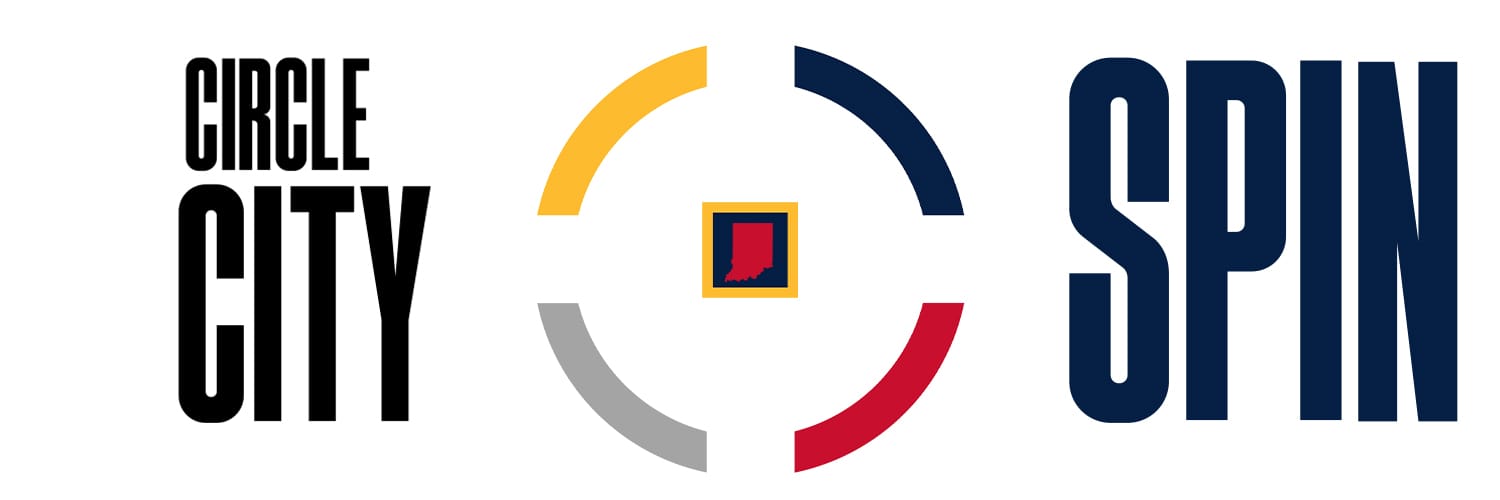
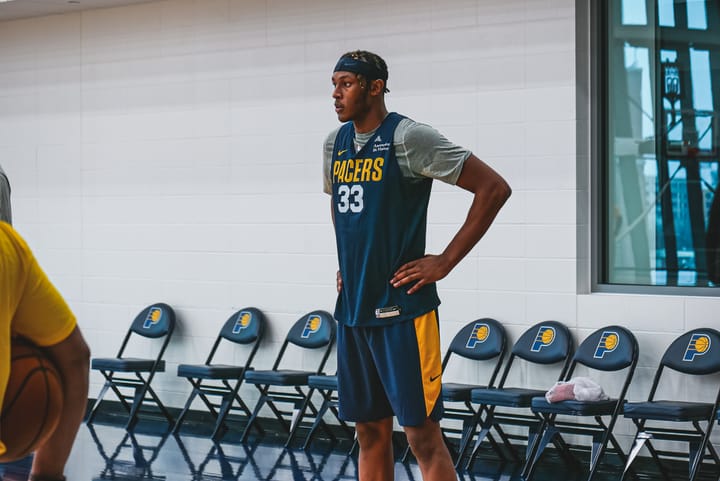
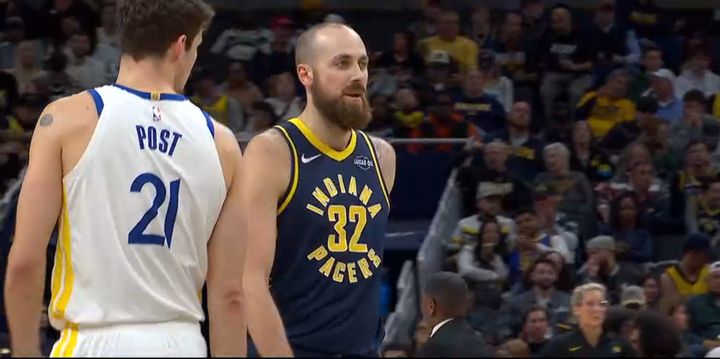
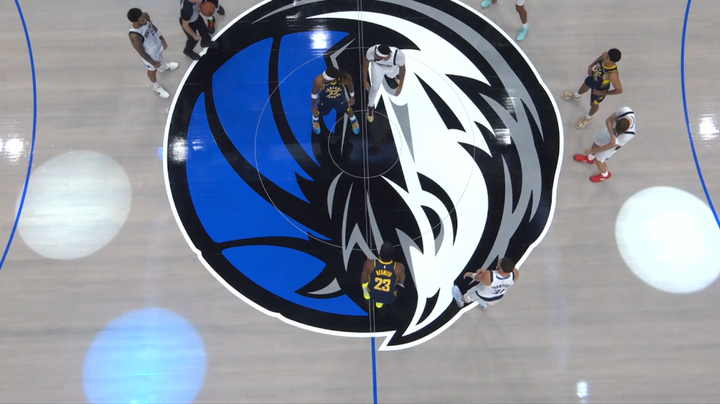
Comments ()